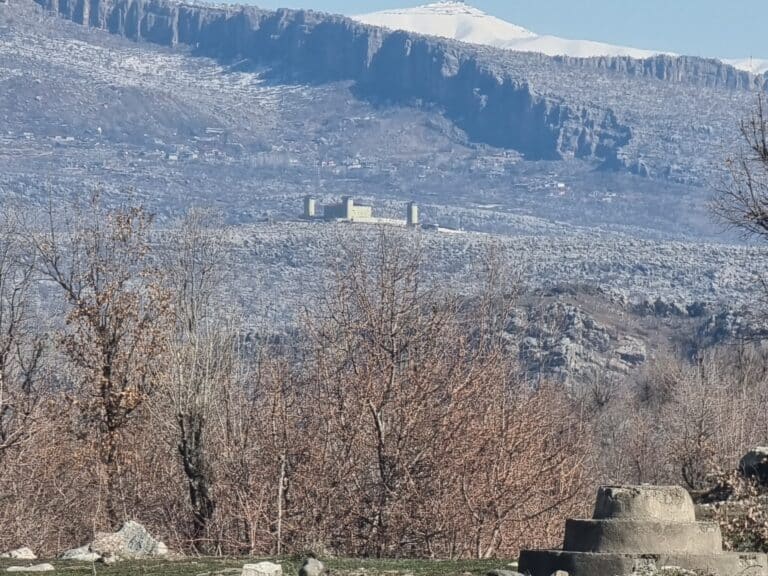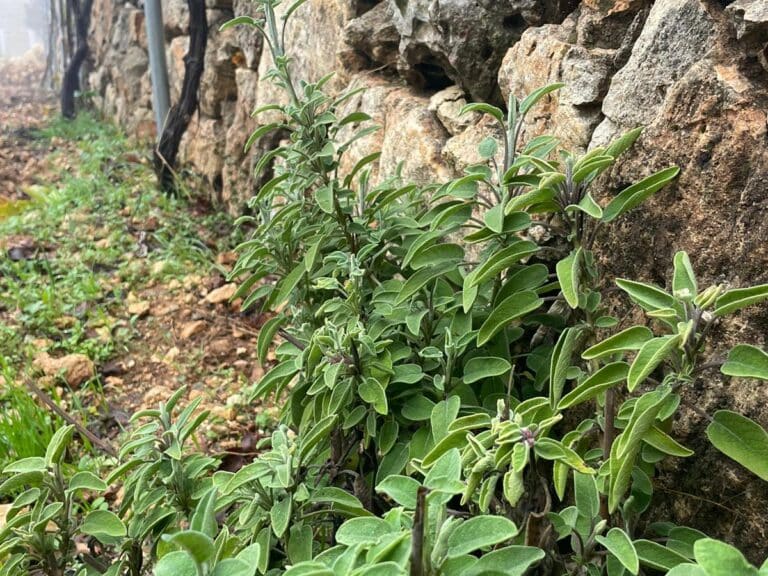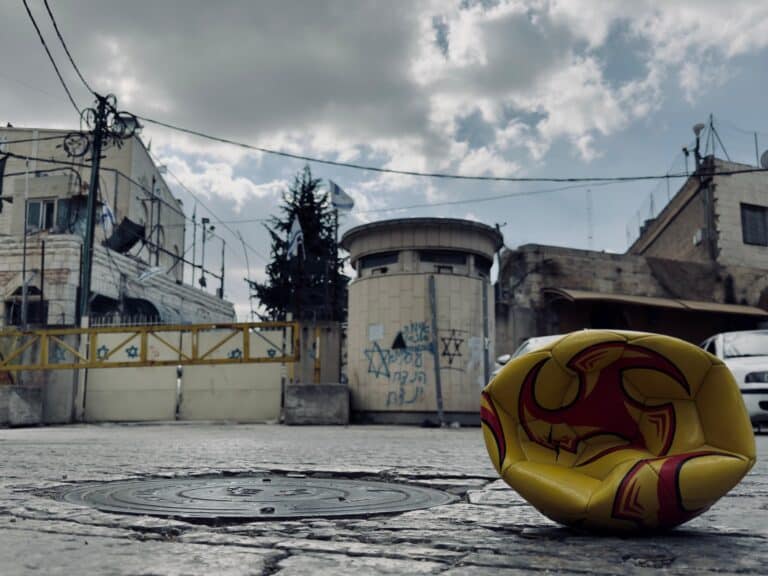CPTnet
11 September 2017
PALESTINE/COLOMBIA REFLECTION: Made in the USA — Take action to stop military aid
by Hannah Redekop
Lucas lay on the ground gasping for air, while his
community frantically gathered around him, fanning his body and cracking
open coconuts with hopes that the sweet water would revive him.
Moments earlier, on that day in June 2014, the Colombian riot police
(ESMAD) had forced their way onto Guayabo farmland under illegal orders
to evict the small farming community living on the banks of the
Magdalena River. The community had gathered in a line, hands held
tight, to peacefully resist the takeover. ESMAD violently beat back
several campesino farmers and then fired half a dozen tear gas canisters to disperse the
community. Lucas, having inhaled the toxic chemical, had passed out
while struggling to breathe.
 A campesino blocks the entry to the farm during the June 2014 eviction in El Guayabo. Photo: Luca Zanetti
A campesino blocks the entry to the farm during the June 2014 eviction in El Guayabo. Photo: Luca Zanetti
In July and August of this year, thousands of miners from the
northeastern region of Antioquia went on
strike to demand legalization of artisanal mining practices that
they have carried out for centuries. For over a week the
marches remained peaceful, until ESMAD arrived on 31 July causing
violent confrontations and resulting in 24 injuries and one fatality.
ESMAD arrived “kicking and knocking over community soup pots,
firing tear gas left and right” attests Eliober Castañeda,
president of the Miners Association, reports El
Colombiano. Then, on August 18, while the community held a
peaceful ceremony to commemorate the death of the young man killed
during the protests, ESMAD violently took control of the area, firing
tear gas into crowds of children, pregnant women, and senior
citizens. A verification commission has declared the situation
a humanitarian crisis, stating the riot police used “excessive
force, non-conventional weapons, and drones” according to El
Espectador.
The photos coming in from CPT partner CAHUCOPANA
in Antioquia are tragically similar to those of CPT
Palestine’s weekly publications coming out of Hebron. Friday
afternoons descend into chaos when Israeli armoured vehicles barge
through the streets of Hebron. Responding to Palestinian marches for
freedom, the Israeli military uses excessive tear gas, skunk water,
rubber bullets, and live ammunition to disperse the protesters. CPT
provides presence during the clashes, documenting and photographing
human rights abuses by the Israeli military and also offering alcohol
pads and menthol spray to Palestinians to alleviate the sting and
suffocation from tear gas inhalation.
The effects of tear gas are felt throughout Palestine. From
Hebron, to Aida Refugee Camp, to Nablus, to Jerusalem, the
suffocating tear gas is used to stifle those struggling for freedom.
In July, East Jerusalem saw one of the largest Palestinian peaceful
sit-ins in recent history. After Israeli security measures
imposed restrictions on Palestinians to access Al-Aqsa Mosque,
Islam’s 3rd most holy site, thousands of Palestinian Muslims and
Christians prayed together outside the mosque gates. Israeli
forces responded disproportionately; Amnesty
International reported that “1,000 Palestinians [were] injured;
29 were wounded with live ammunition, 374 with rubber bullets and 471
sustained injuries as a result of tear gas, 216 people suffered
bruises, burns or broken bones as a result of beatings” and three
young Palestinian men were killed as a result of Israeli military and
Israeli settler gunfire.

US made, CTS tear gas cartridges in Palestine. Photo: ActiveStills.org
War is a money-making machine, and the military industrial complex
is never more easily illustrated than by picking up one of the tear
gas canisters in the streets of Antioquia or Hebron. Although a world
apart, the tear gas canisters look the same – marked with blue
stripes and the words ‘made in USA’. Armed actors carrying out
the physical violence against our partners on the ground may look
different but the funding for training, tanks, guns, and tear gas
canisters comes from the United States.
For almost 20 years, the United States has been the largest
provider of foreign aid to Colombia under Plan Colombia, a
multi-billion dollar project built under United States President Bill
Clinton’s administration and sustained throughout the following
presidencies. Although internationally applauded, Plan Colombia
essentially flooded the Colombian military with the tools of war,
including the canisters of tear gas being fired at civilians across
the country.
Last year, in light of the peace accords signed by the Colombian
government and the FARC, Presidents Santos and Obama announced Peace
Colombia, a smaller but still significant aid package for one of the
US’s closest allies in the hemisphere. This rebranding and
restructuring of Plan Colombia now includes a lofty rhetoric of
peacebuilding but the hard numbers remain heavily directed towards
military aid as outlined by the Washington
Office on Latin America last year. United States training,
weapons, and yes, tear gas will still be used in Colombia.

US made, tear gas canisters recently used against miners in Segovia’s small miners protest. Photo: Presna Rural
By providing extensive military aid to two of the longest-running
conflicts in modern history, and then providing also the arms,
training, and tear gas to be purchased with those funds, the US
economy is essentially upheld by the arms trade and the continual
repression of our Palestinian and Colombian partners.
We ask you to denounce these oppressive structures and advocate
with us on behalf of our partners. Add your voice to petitions
to stop military aid to Israel
and Colombia
and speak up about the negative impacts of United States foreign aid
on communities around the world working towards dismantling these
very structures.
The reflection has been shortened for CPTnet. Read the full article on CPT Colombia’s website.





